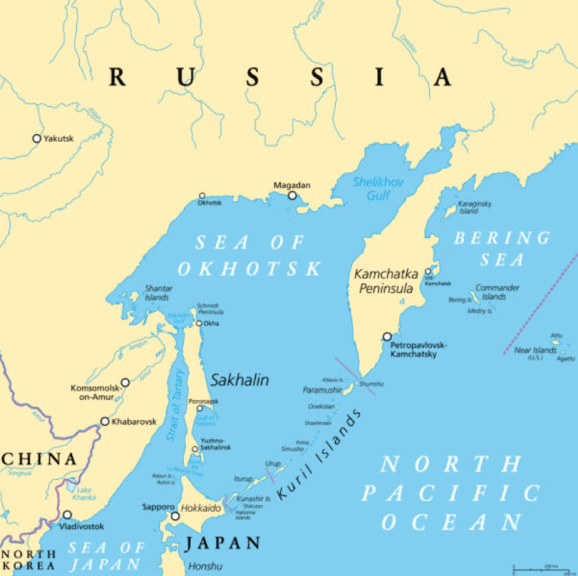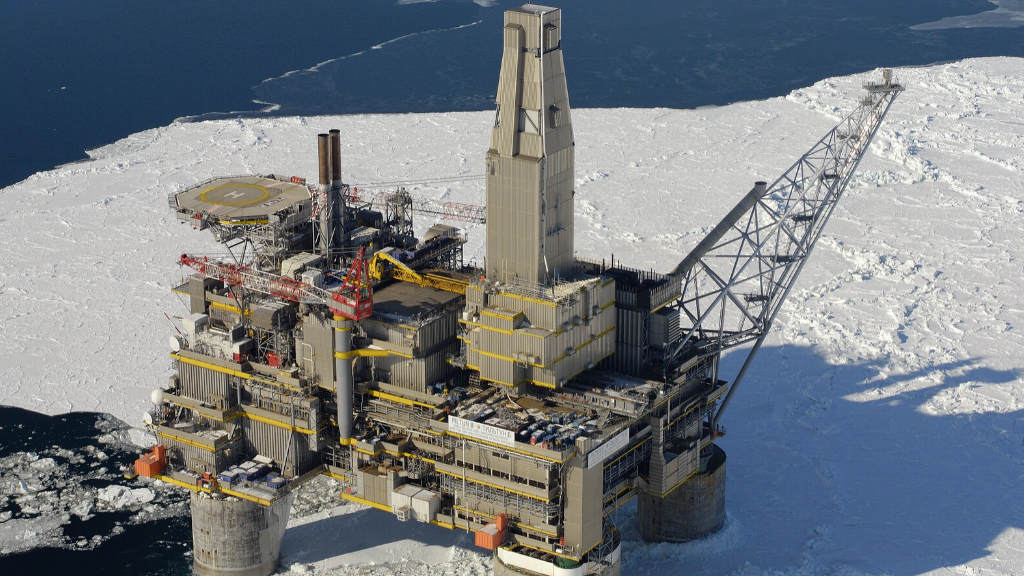Russia, which signed a number of documents in early September to increase gas exports to China through pipelines, also plans to ramp up exports of liquefied natural gas (LNG) to the country, particularly from the Arctic LNG 2 and Sakhalin-2 projects, according to Russia’s Energy Minister, Sergei Tsivilev.
He stated that “We have very substantial joint progress. Russia’s prospects for cooperation in the energy sector with China are very good. Among other things, a lot of work has been done to switch to mutual settlements between countries in national currencies. This is a dynamic process; payments in national currencies are constantly increasing. For example, Gazprom now receives payment for gas in a ratio of 50/50 in rubles and yuan.”

Russia’s Sakhalin connectivity to China is growing. Last year, Gazprom signed LNG agreements with China that will commence deliveries in 2027.
According to Gazprom CEO Alexei Miller, this Far Eastern route will have an annual capacity of 10 billion cubic meters (bcm) once fully operational. The project involves the construction of a cross-border section across the Ussuri River between the already operational Russian pipeline and the Chinese city of Hulin. He stated that “With the Power of Siberia and the Far Eastern route reaching full capacity, Russia will become the largest gas supplier to China.”
LNG supplies are going hand-in-hand with developing regional infrastructure. Direct flights between Sakhalin and Harbin began earlier this year, while Russia is also looking for Chinese investment in Sakhalin Ports.
Japanese and Indian investors are also under pressure to contribute their delayed capital to existing Sakhalin-1 LNG exploration facilities; China could well step in at discounted acquisition fees if these are not met.
Further Reading
Putin Discusses Development Of Russian Far East: Content & Analysis





